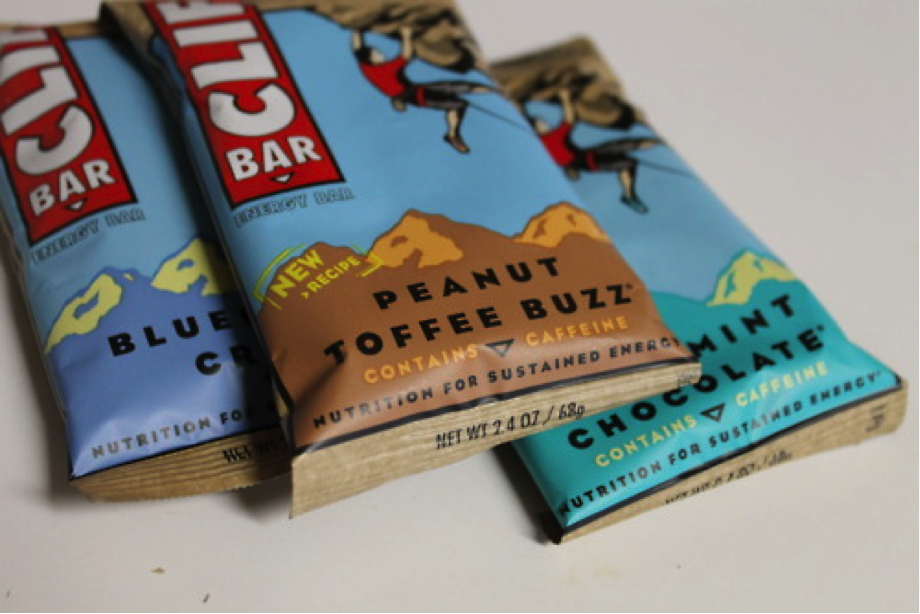Whether beginner or experienced runner, this is for you.
Imagine:
You’re sitting here, scrolling though social media, surrounded by photos of motivational fitness/health quotes on Instagram or Tumblr.
Patience is the key to success. Progress takes time. We all start somewhere, and as long as you keep moving forward, you should be proud of yourself. Don’t compare your page 1 to someone else’s page 1000.
This makes you want to give fitness a try, because you are inspired by all the benefits, so you decide to join your school’s cross country team, train for your first 5k, or simply start running for fun and see where it takes you.
Sound familiar?
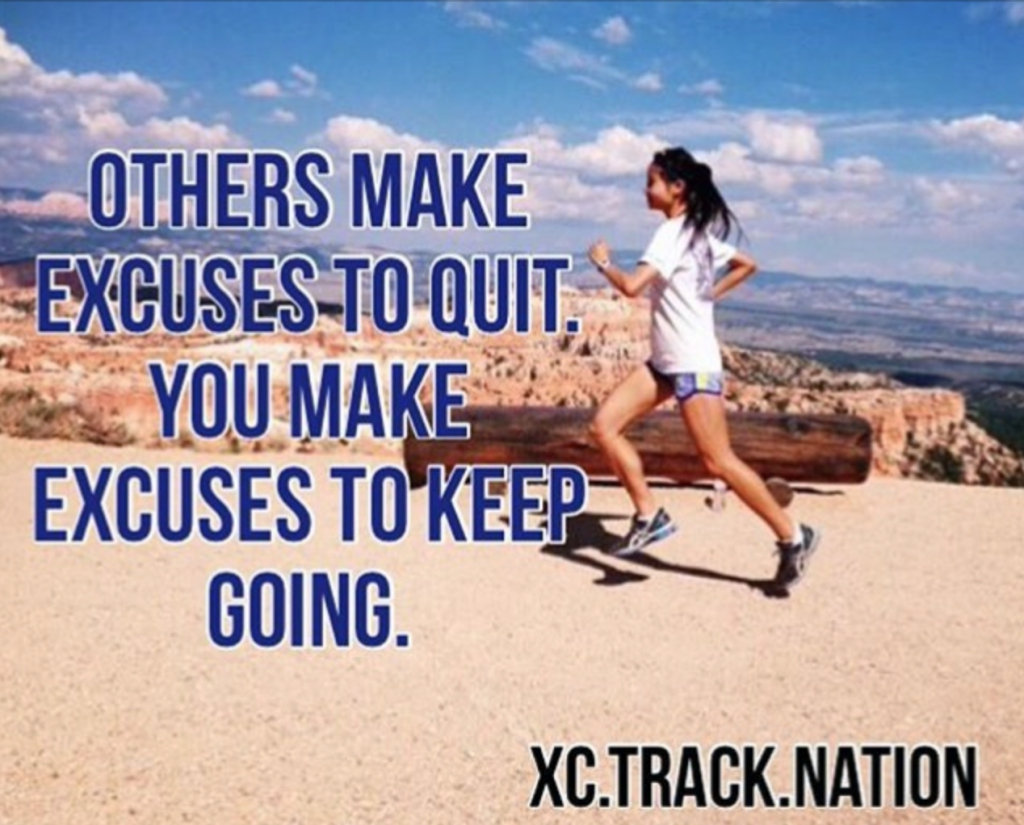
Photo by @xc.track.nation on Instagram
Having been running for about 4 years, I know that while it can be hard to actually start running, it can also bring many benefits to your life. As a Division 1 Cross Country and Track runner for my University, having placed top 10 at the California State Meet and top 40 at Nationals in 12th grade, I want to share with you about what has helped me run.
While there are many important factors to keep in mind, recovering, eating, and sleeping well are among the most important. These will all help you prevent a physical and mental burnout or an injury.
I’d also like to mention that no one should go into fitness with a motivation of losing weight. The purpose of fitness is to make the most of your health/physical accomplishments. Strive for health goals, not physiological goals because those will take you further in life and you will be more satisfied with that.
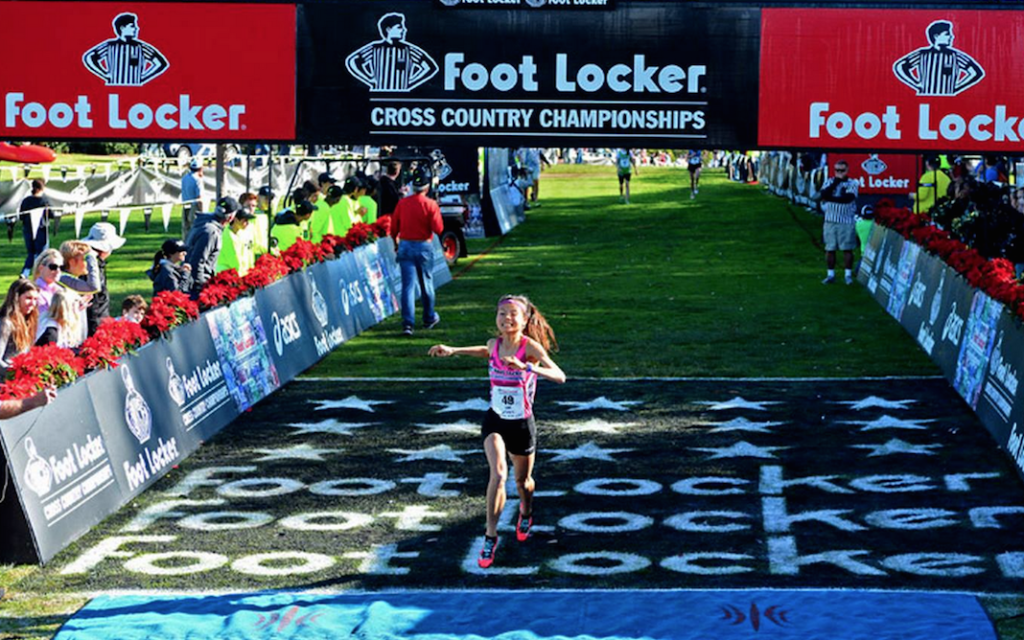
Photo courtesy of footlockercc.com
Plan Ahead
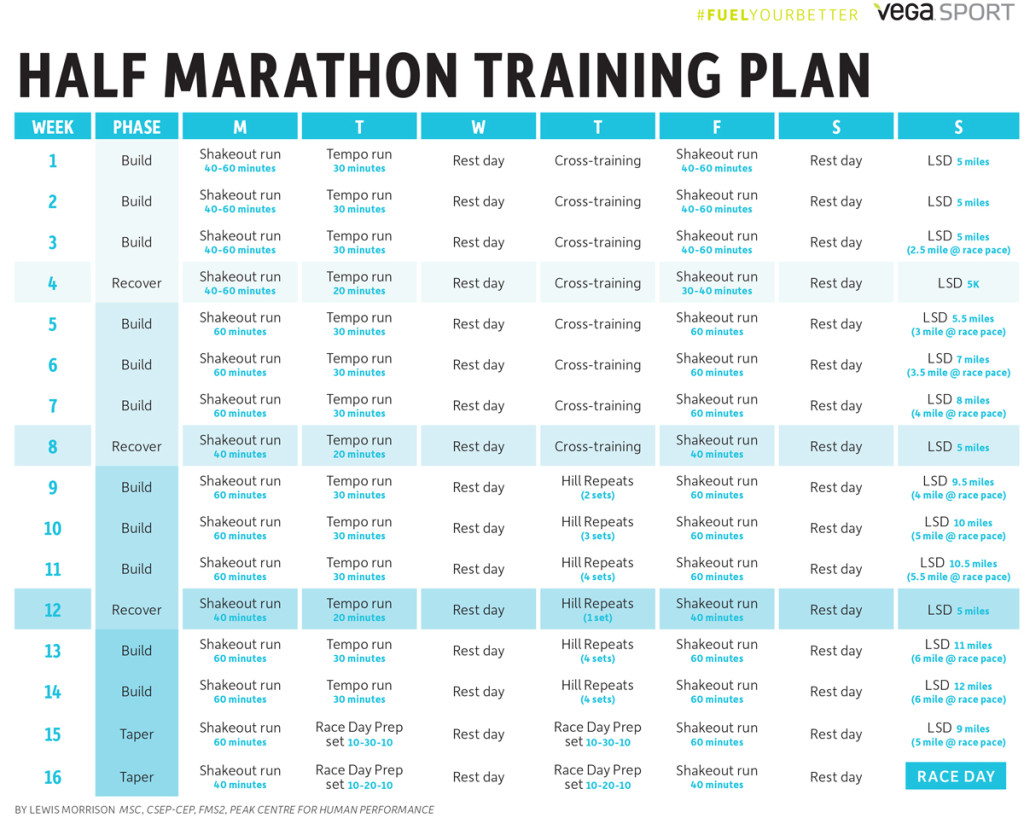
Photo courtesy of myvega.com
Setting up a plan helps you know what to do every day in order to keep moving forward. Because we all come from different fitness backgrounds, I recommend talking to a coach, experienced runner, or a professional to come up for an individualized plan. Click here to check out an example of a good running plan.
#Spoontip: If you have no running background, then it’s recommended that you start with a run/walk cycle.
Pack Accordingly
Shoes
Invest in a good pair of shoes. It will affect your experience and reduce your number of injuries. Make sure to visit a specialty sports store that have professionals that can examine your foot and look at your form to find the best shoe you for. (Check out this customizable shoe guide from the Runner’s World Magazine.)
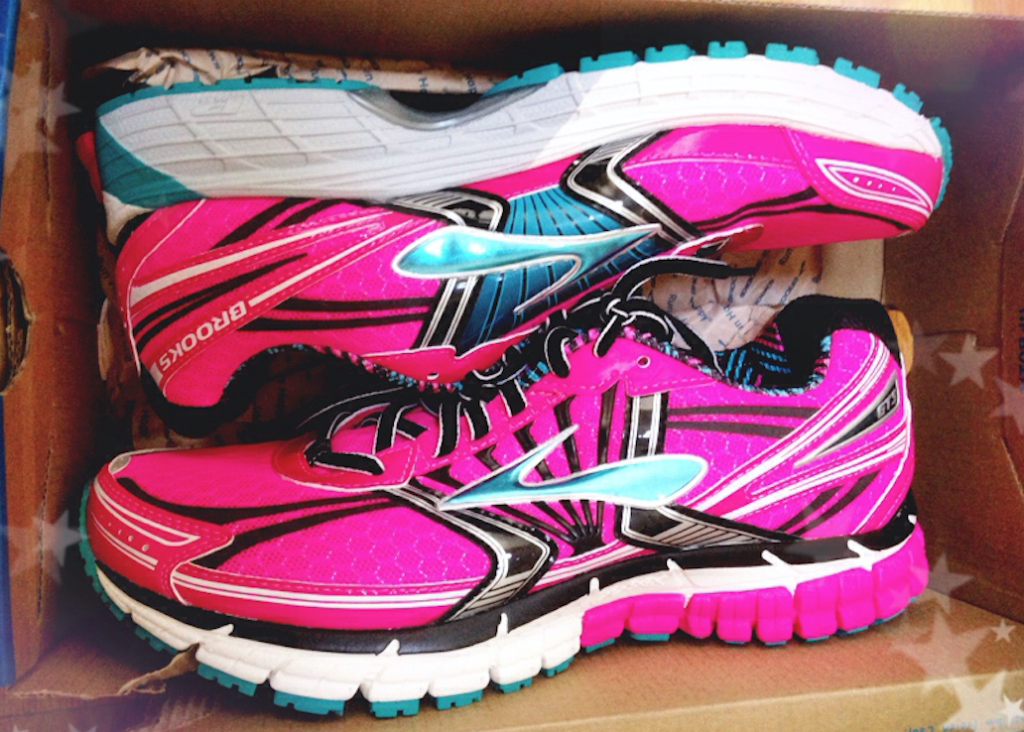
Photo by Grace Ling
The lifespan of a running shoe is typically 300-500 miles. I like to buy several pairs of similar shoes because they last longer if you rest them in between your runs- I use my old running shoes for walking.
When I find a shoe I like, they usually update their model every year. For example, I like the asics GT-2000. It’s been working for me for three years, I go back and find the same model in different colors. But sometimes it’s good to switch up the brands a little, so you don’t keep straining the same exact muscles.
It’s also cheaper if you get an older version of the same model that works for you. They generally feel the same, and one year of running shoe technology improvement isn’t really going to make a difference.
Everyone is built differently. Be careful to choose your shoes wisely, as many runners (including myself) have gotten shin splints from running with a shoe without good arch support.
Clothes
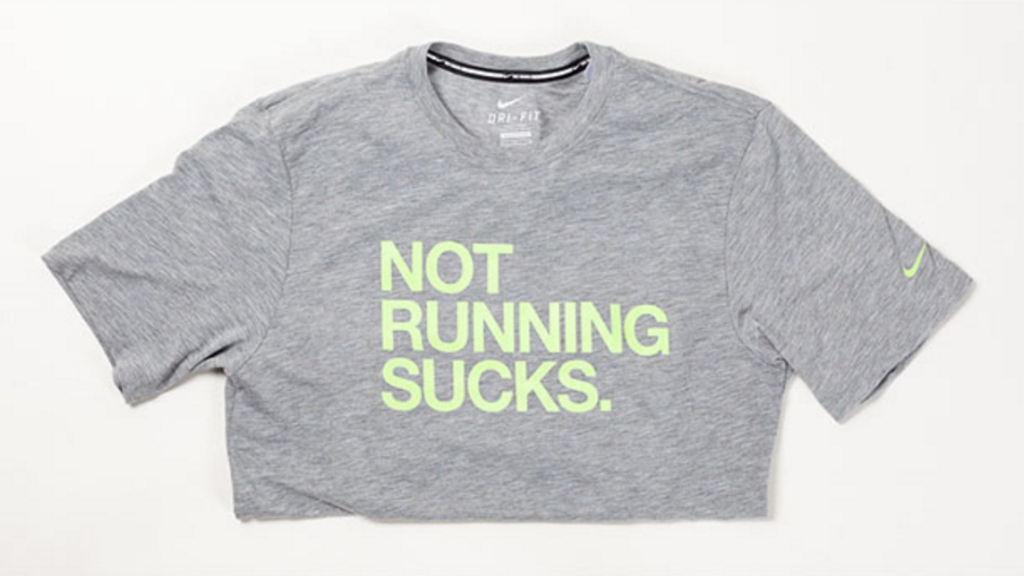
Photo by running.competitor.com
Make sure you have comfortable running clothes! I like to wear t-shirts and running shorts when I run. Here’s a customizable running clothes guide from the Runner’s World magazine.
Fuel
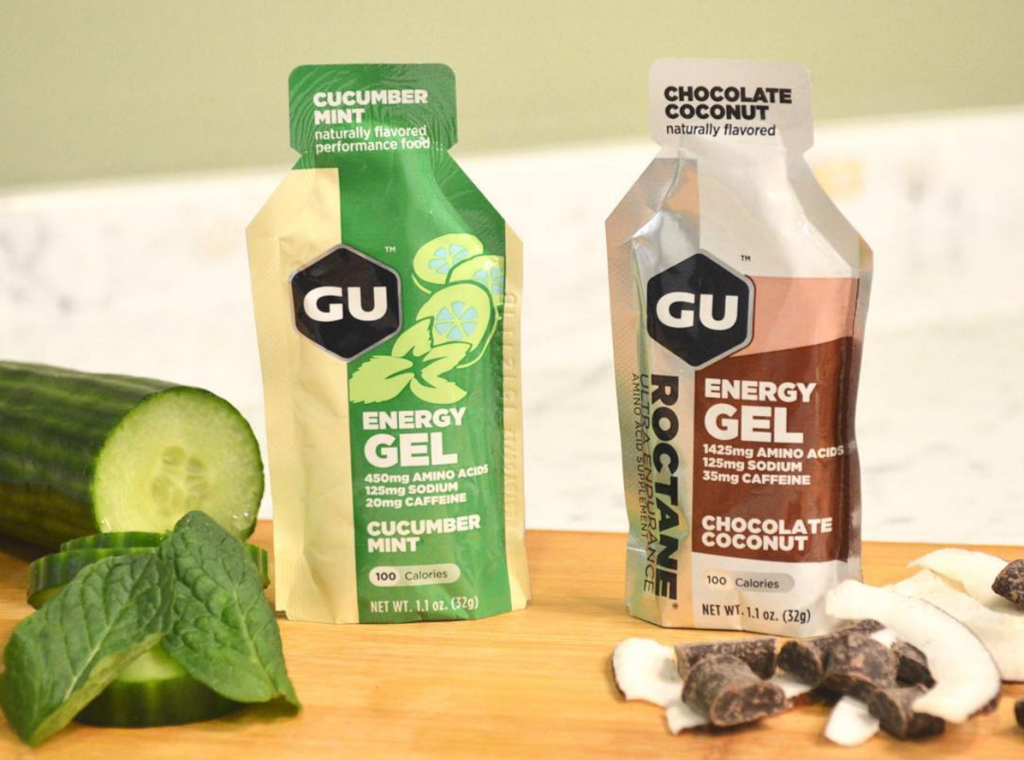
Photo by @guenergylabs on Instagram
What about those interesting looking energy gels you find in sports stores? You may have seen GUs, energy gels, or caffeine chews on your way to any sports store cashier. Many beginner runners are attracted to these products because they look and taste like candy. I don’t think they are necessary if you’re running for less than 1.5 hours as they are packed with sugar and your waistline may not appreciate it.
With an unnatural amount of artificial flavors and colors, energy gels are not very healthy, unless you are running a marathon and need the extra sugar. However, the natural sugar and energy in the form of dried fruits, nuts, and oat/dates-based energy bars are a perfect alternative.
Track Your Progression
The 10% rule is great guide to follow for most runners: increase your mileage by no more than 10% each week and have an easy lower mileage recovery week every 3-4 weeks.
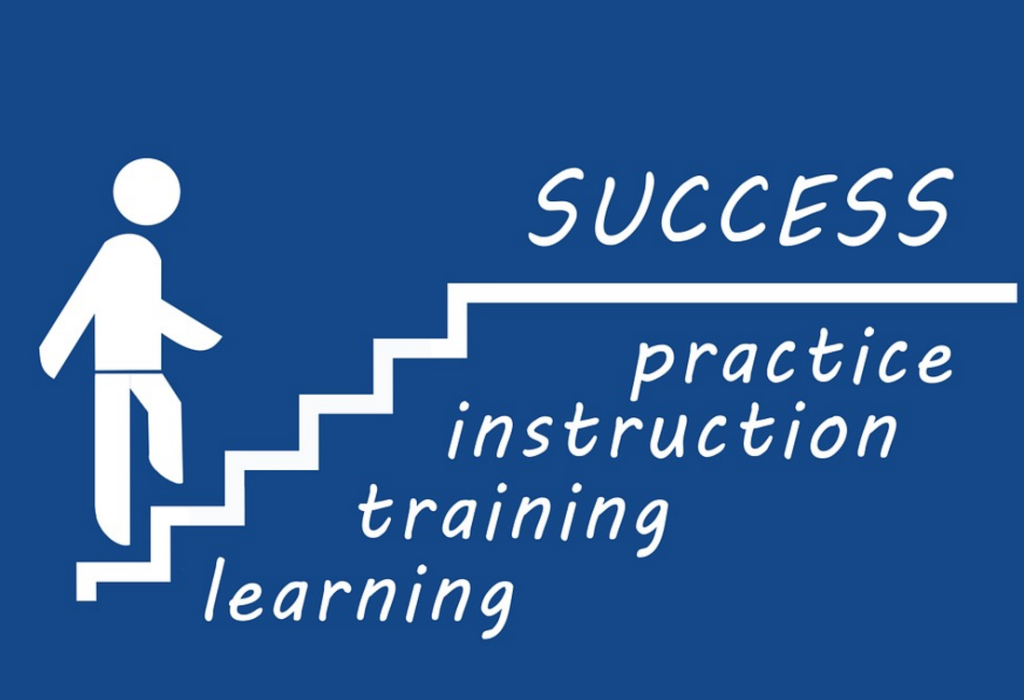
Photo courtesy of https://pixabay.com/
Be sure to make running a HABIT because success only comes if you practice often. Try to balance the amount you run every day, make sure to include at least one rest day a week and listen to your body so you don’t burn out. (Need extra motivation? Read all about my personal tricks for achieving my goals here.)
For me, the longest I’ve ever ran was 2.5 miles in P.E before I started running in 8th grade. I started because my mother wanted to become healthier, so she would pay me $6 an hour to go to the gym with her.
At the gym, there were TVs mounted on the treadmills, so that’s where I went. I started with running 2 miles 2-3 days a week, then I slowly worked my way up all the way to 6 miles 5-6 days a week by June.
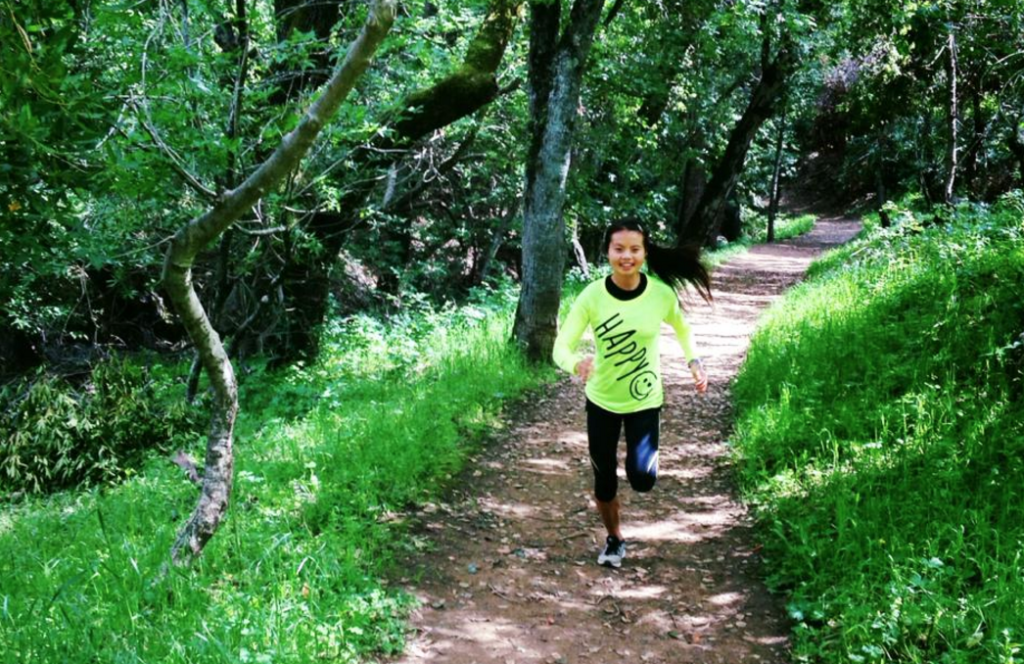
Photo by Grace Ling
If you’re just starting out, I highly recommend running outside because the treadmill may mess up your running form. But if you live in the arctic and all you have is a treadmill, don’t let that discourage you- the gym can be your best friend, just be careful not to get distracted by TV during a sprint. (I fell once 4 year ago and still have pronounced scars).
Compete

Photo by footlockercc.com
Planning for a race could also be a great motivation to run. You don’t always have to focus on breaking personal records or running fast times at a race. 5k or marathon, sometimes races are just about bringing the local community together and making fitness fun. Themed races like black light or color 5ks are always an exiting way to compete. Find races near you here.
Mind Your Surface
I wish I’d known this when I started running. During my summer before 10th grade, I ran on concrete/asphalt every single day with one of my good friends- and we both ended up injured for the next year.
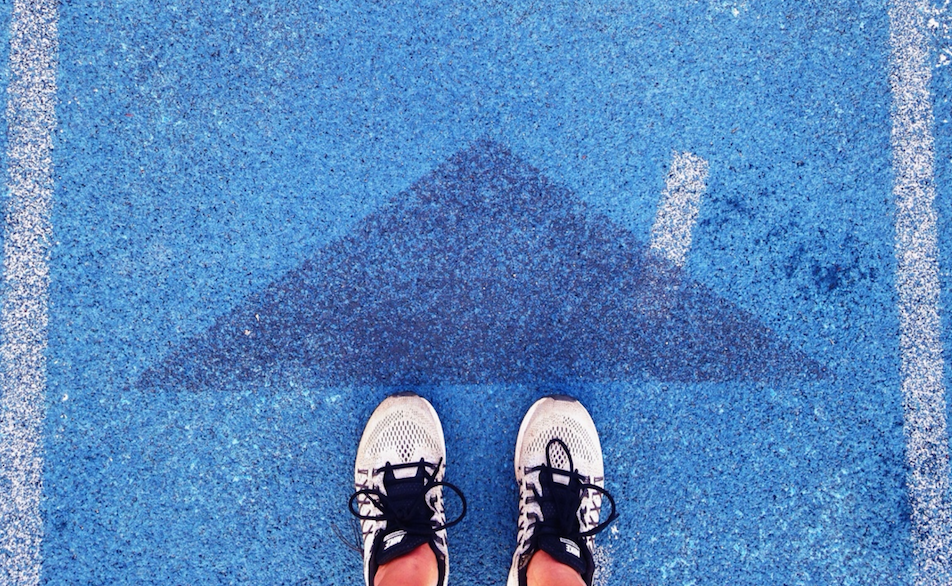
Photo by @irungracepace on Instagram
Softer surfaces are better for your bones/joints. Trails are the best, but tracks are also good, and easier to access if you live on campus.
If you live in a big city and only have access to your neighborhood, then try to run on the grass or dirt patches along the sidewalk. The black asphalt on the street is also a much better alternative to concrete (but be careful to look out for cars).
Make It Fun

Photo by sportswurlz.com
Running can be very boring if you’re just circling around a track (even if it’s better that way for your joints). To make running more enjoyable, I love hitting the trail with a friend (of the same or similar fitness level) or opting to listen to podcasts rather than music. I love to learn and there’s nothing better than working out my brain and body at the same time.
Don’t give up, patience is a virtue.
In 10th grade I increased my mileage more than ever (running 6-8 miles a day). I only started running a little over a year ago, and I got too excited and let my excitement take me to run too much, which lead to an injury. If this happens to you, here’s how to deal with a running injury.
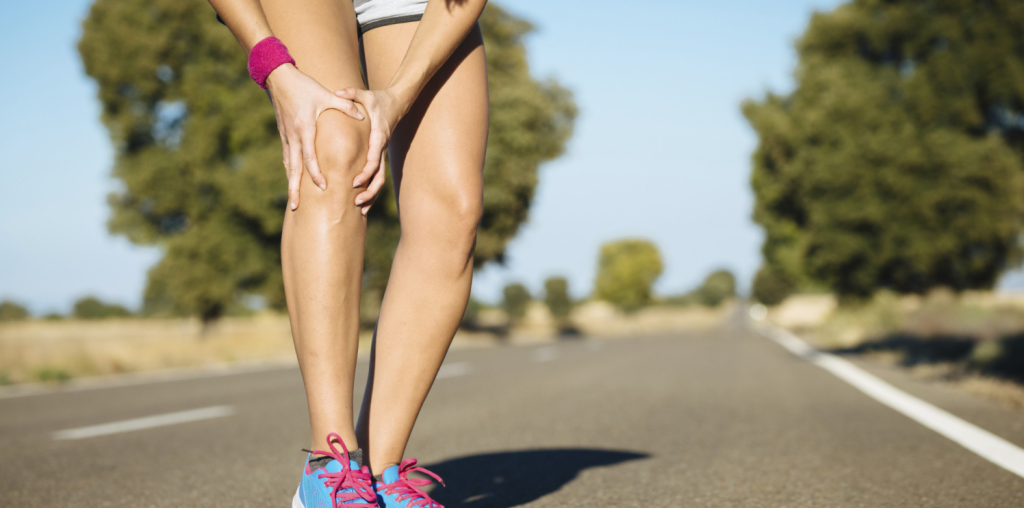
Photo by Jason Saltmarsh
Maybe the MVP of your school’s cross country team is running 60 miles a week, but this doesn’t mean you have to. You can do the same one day too, but improvement takes patience.
Don’t compare yourself
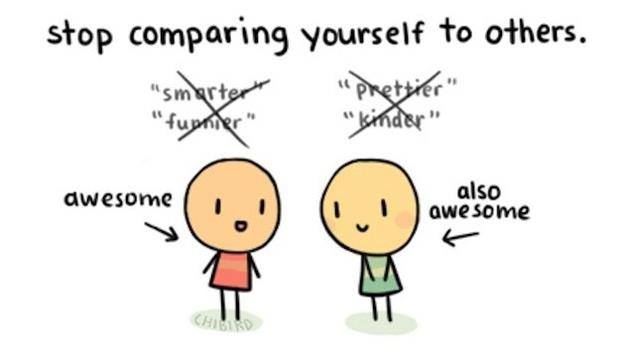
Photo by mediarethink.wordpress.com
Comparison is the thief of joy. No matter how much progress you have made, there will always be people ahead of you and people behind you. Don’t let this get you down. We are all unique and good at different things.
Eat Nutritional and Healthful Meals
Make sure to have a good balance of carbs, fats, and protein at each meal! Aim for half your calories coming from complex carbs, one fourth protein, and the last fourth healthy fats. It’s a good idea to try to eat the rainbow everyday.
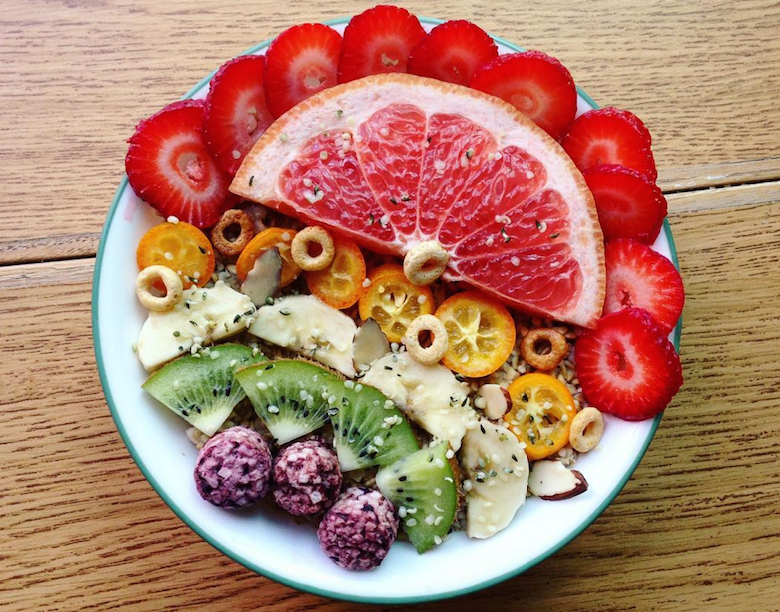
Photo by @irungracepace on Instagram
Don’t eat too much before a run. Instead of a big meal, choose something to eat 2-3 hours before a run that is more carb dense than high in protein or fats so that it’s easy for your body to digest. My snack of choice is fruit. Here are some performance enhancing foods
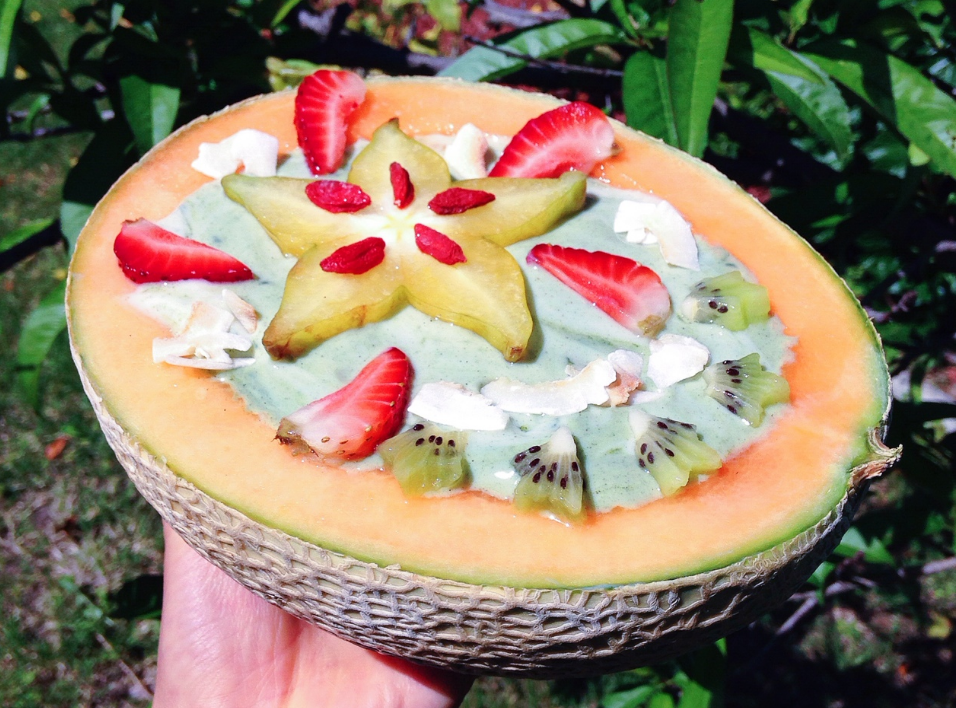
Photo by Grace Ling
Refueling right after to about 30 mins after your run is also very important to replenish energy and build wonderful muscles. The 4:1 carb:protein ratio is one many people follow. Try these convenient post workout meal ideas or a make a smoothie bowl beautiful enough to Instagram.
Get Plenty of Sleep and Rest
Aim for at least 7-9 hours a night, but more than 9 hours may cause you to feel more tired. Sleep is not a waste of time. Sleep is part of recovery and recovery is part of training.

Photo by @irungracepace on Instagram
Good luck on all of your running adventures and keep in mind that balance is the key to success!


